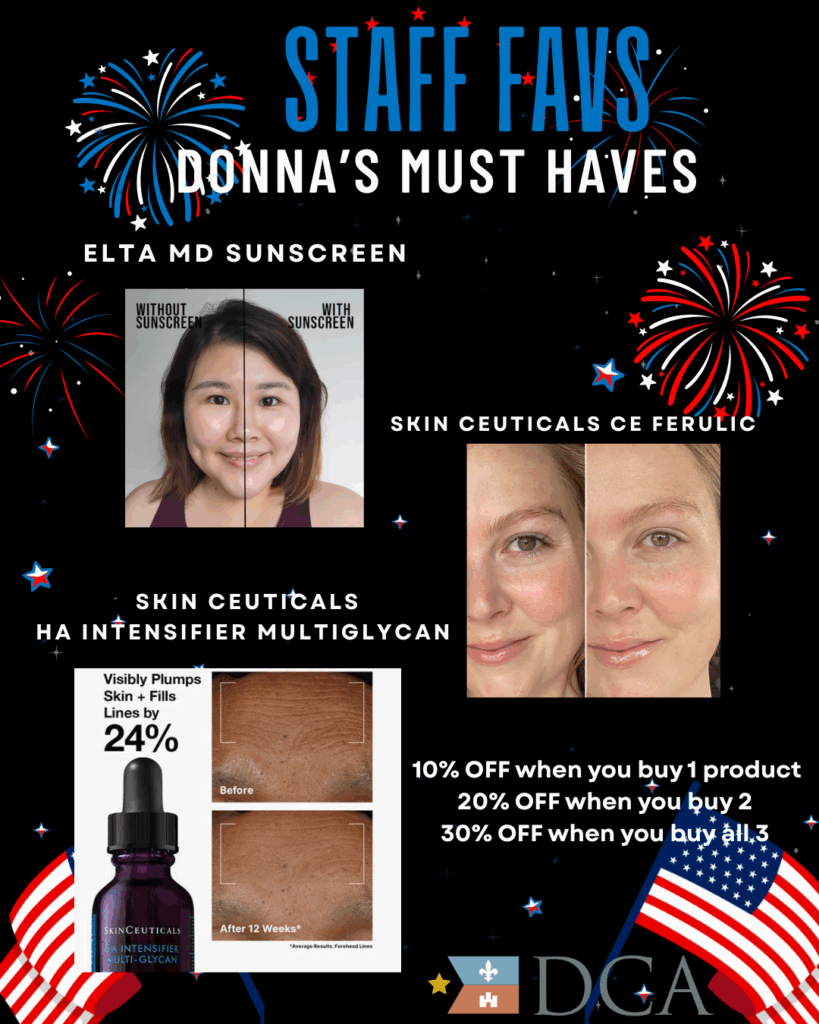Microneedling has been practiced for decades. During this popular anti-aging treatment, the skin is pierced with tiny needles. While poking holes in your skin might sound counterproductive to the goal of healthy skin, it’s actually highly effective. Each hole creates a “microchannel” that makes it easier for serums and skincare products to reach the deeper skin layers. The minor injuries also boost the production of the skin’s natural anti-aging factors, such as collagen and elastin.
Also called Collagen Induction Therapy, medical skin needling is performed using a special tool called a micro-pen. The micro-pen has numerous tiny needles to create holes in the skin’s top layer.
DIY Microneedling
Many people are interested in inexpensive DIY alternatives. At-home rollers may seem to make it easy to perform skin needling yourself, but there are three excellent reasons to not pierce holes in your skin at home no matter how tempting and affordable it might seem.
1. Effectiveness
There is plenty of evidence backing up the effectiveness of professional medical skin needling but very little data to support the effectiveness of at-home treatments. The at-home rollers do pierce the skin, but their short needles, which are usually less than a millimeter long, are simply not effective enough to transform your skin. Instead, you might get an increased glow for a short period with little real change in the underlying tissue.
On the other hand, skin doctors use needles ranging from one to three millimeters to treat specific skin issues onlyafter a consultation to determine needs. The bottom line is that superficial skin needling yields superficial results. Deeper treatments that penetrate the deeper layers of the skin can tackle even tough jobs like scarring while erasing fine lines, wrinkles and unsightly large pores.
2. Evidence-Based Practices
As extreme as the procedure sounds, medical skin needling offers promising results for everything from hyperpigmentation to wrinkles and dull skin. It’s even highly effective for scarring. One 2009 study focused on professional treatments showed an 80 percent reduction in scars, including chicken pox and acne scars. There are no such studies for DIY procedures and, in fact, no evidence that they are effective at all.
3. Health and Safety
The safety of at-home procedures is also questionable. Even though they only penetrate the epidermis, anything that punctures the skin can lead to infection. Users might also be vulnerable to permanent skin damage or serious infections if they use the rollers on broken skin, pimples or other problem areas. Since medical needling is typically performed on the face, any damage here can be permanent and disfiguring.
Board-certified dermatologists understand best practices and incorporate them into their treatments. These experts know the best ways to protect and treat your skin, especially if it’s sensitive, acne-prone or prone to eczema and will take all necessary precautions to reduce the risk of scarring and infection.
Instruments are properly cleaned and sterilized before use, and personalized serums and treatments can be applied or prescribed after the procedure. Seeing an expert is critically important for anyone but especially those with pre-existing skin issues such as rosacea or those who have easily irritated skin.
Candidates for Medical Skin Needling
Medical skin needling is highly effective for treating:
- Age spots
- Acne scars
- Large pores
- Reduced skin elasticity
- Wrinkles and fine lines
- Uneven skin tone
What to Expect
First, they will numb your skin using a special cream. The numbing agent keeps you comfortable while the needles penetrate deep into the dermis to stimulate collagen and elastin production. Next, he or she will glide the pen over the skin to create tiny holes. The process is typically painless and only takes 20 to 30 minute.
You might have some redness for a few days, but most people heal quickly. Your skin will soon be glowing, soft and supple. Some redness and irritation are normal in the days following the procedure, but there is no real downtime. For the best results, you’ll need more than one treatment to get the most out of your body’s healing process. Results are cumulative.
Risks and Concerns
Although the procedure does carry risks even when performed professionally, these are minimal. If your skin is inflamed or irritated or if you’re having an outbreak of eczema, rosacea or acne, you will need to wait to avoid the risk of skin damage or infection. Your dermatologist will also guide you towards the best products to use after medical skin needling. You should not use anything that is not designed for that purpose since some serums and lotions can trigger inflammation, itching, rashes and scarring.
Some procedures are easy to do at home and still give you great results. Microneedling is not one of them. With a dermatologist by your side, you’ll get the glowing, fresh, plump complexion of your dreams without taking unnecessary risks. Schedule a consultation today!
